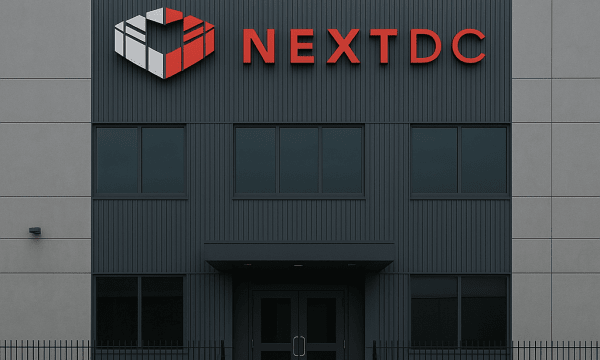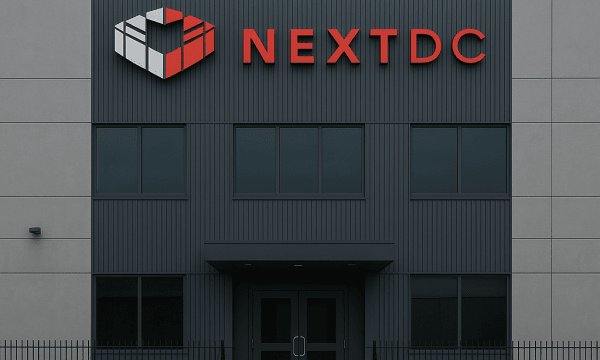Truganina Data Centers Locations (39)














































































About Truganina, Australia Data Centers Market
Truganina Data Centers
Truganina, located in the western suburbs of Melbourne, Victoria, is emerging as a strategic location for data center operations, leveraging its proximity to one of Australia’s largest cities and benefiting from robust infrastructure. Its accessibility to Melbourne’s central business district and connectivity to major transportation networks enhances its attractiveness for data center investment.
The region’s development is supported by Victoria’s government through incentives aimed at promoting technological growth and digital infrastructure enhancements. These incentives include tax benefits and subsidies for sustainable practices, making Truganina an appealing site for data centers focusing on green technologies. Additionally, the area’s moderate climate is favorable for data center operations, providing natural cooling benefits and reducing the energy required for temperature control.
Truganina’s growing industrial and commercial base offers potential for data centers to serve a wide range of sectors, including e-commerce, logistics, and technology startups, all of which require significant data processing capabilities.
Strategic Advantages
Truganina’s location provides significant logistical benefits due to its proximity to Melbourne and access to major roads and ports, facilitating efficient transport of equipment and fast deployment of services. This is crucial for data centers that require a reliable supply chain and swift access to markets.
The area's relative safety from natural disasters such as earthquakes or cyclones, which can affect other regions, adds an extra layer of security for data center operations, ensuring greater reliability and uptime.
Furthermore, the availability of industrial land in Truganina allows for the development of large-scale data center campuses, which can be built to modern specifications and scaled according to client needs and technological advancements.
Current Trends and Industry Developments
Sustainability is a significant focus for data centers in Truganina, with an increasing adoption of renewable energy sources and energy-efficient technologies. This shift not only helps reduce operational costs but also aligns with global and national objectives to minimize environmental impacts.
The expansion of cloud services is another critical trend, driven by the growing reliance on digital technologies across businesses in Australia. Truganina’s data centers are expanding their capabilities to support various cloud computing models, meeting the demand for scalable and flexible IT resources.
Security remains a top priority, with ongoing investments in advanced security measures to protect against evolving cyber threats. These measures are essential for maintaining data integrity and complying with stringent data protection regulations, particularly for clients in sensitive industries like finance and healthcare.
Future Developments and Opportunities
Looking ahead, Truganina is well-positioned to capitalize on the increasing demand for data center services, driven by the continuous digital transformation of businesses and the public sector in Australia. The strategic location, combined with the area’s evolving infrastructure, positions it as an attractive hub for both domestic and international data center operators.
There is potential for Truganina to become a leader in innovative data center solutions, especially in sustainability and cybersecurity. Collaborative efforts between data centers, local industries, and academic institutions could foster innovations that set new standards in the data center industry.
Lastly, as concerns about data sovereignty and global data traffic increase, Truganina’s data centers could attract more international businesses seeking reliable and strategically located data storage solutions. This could lead to increased foreign investment and partnerships, further boosting the local economy and enhancing Truganina’s status as an emerging data center hub in the Asia-Pacific region.
GLOBAL
Top 10
Colocation Providers









